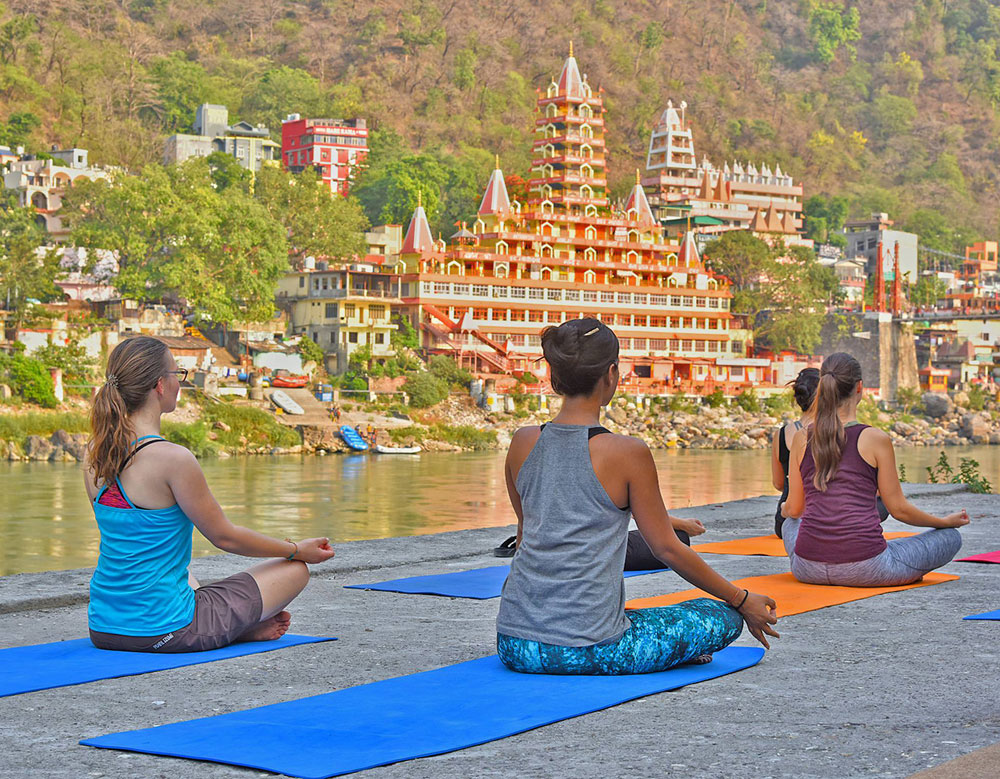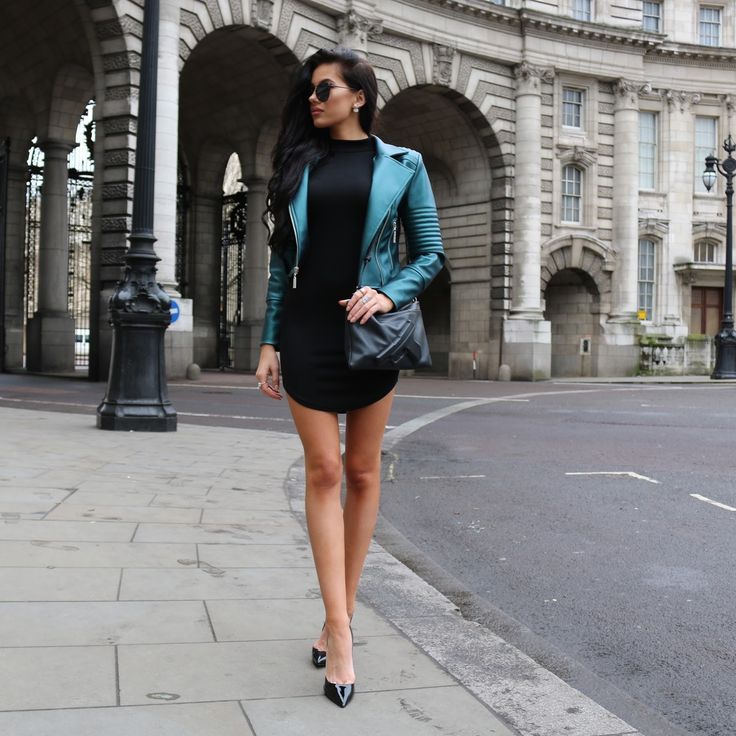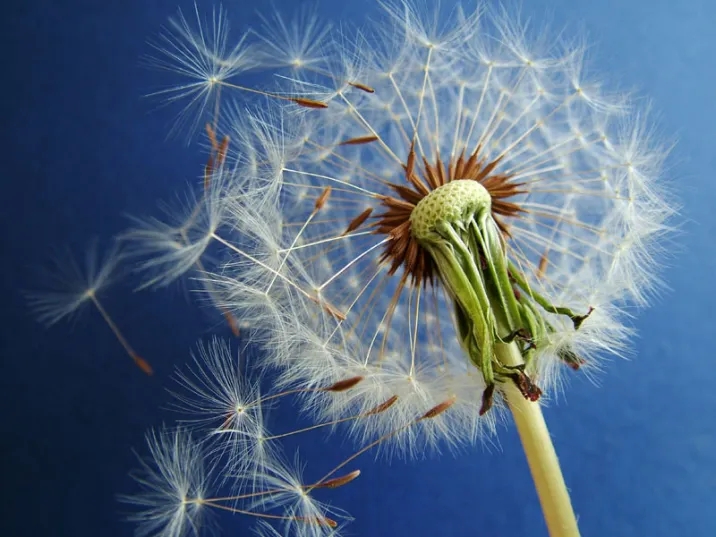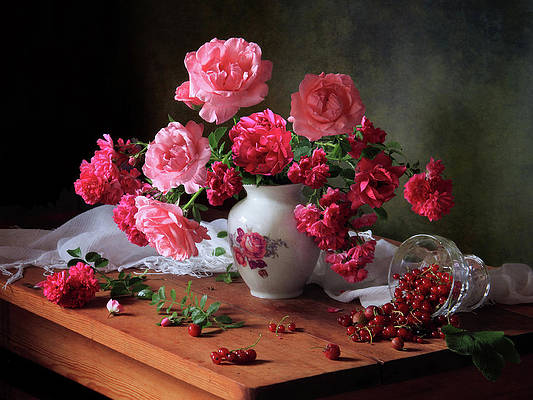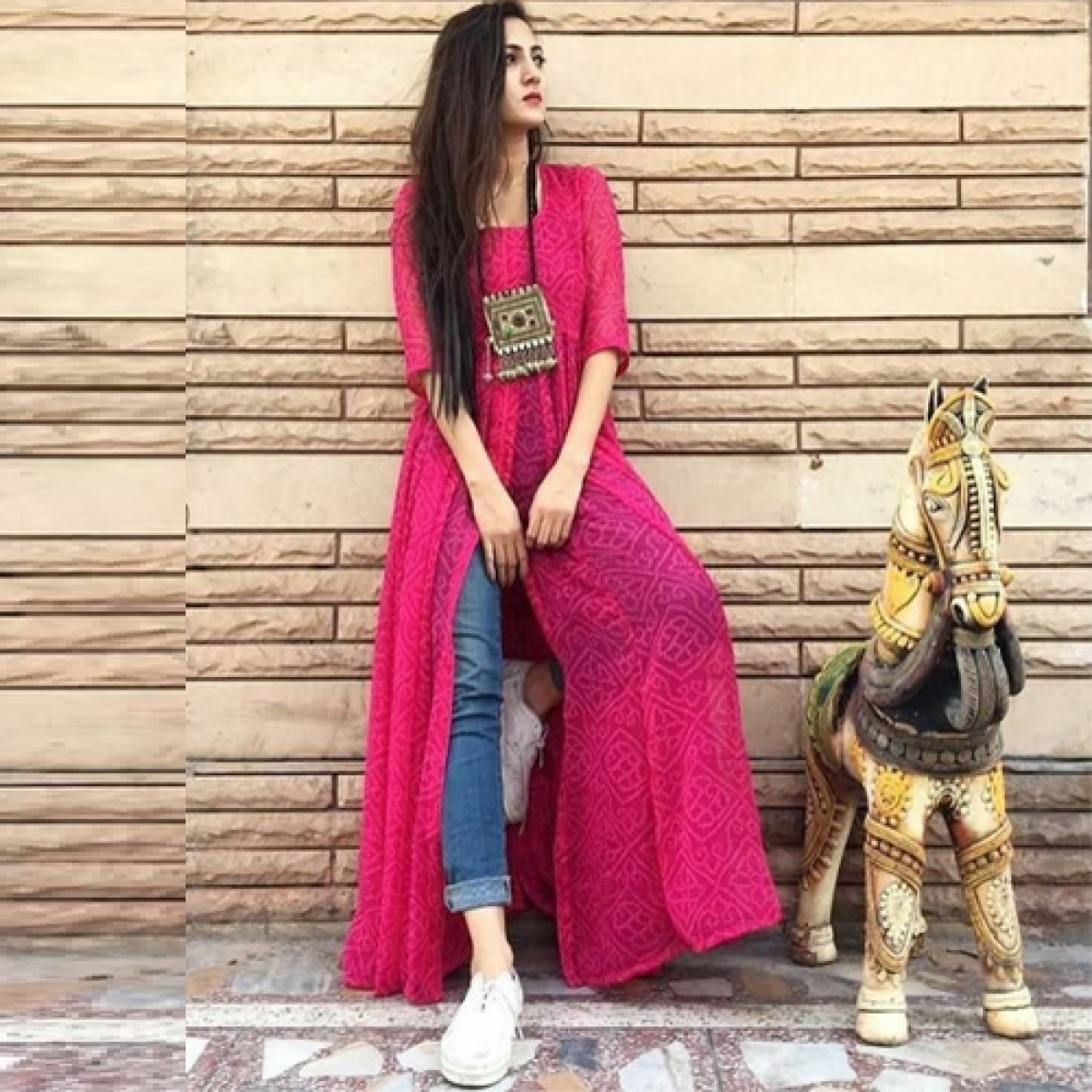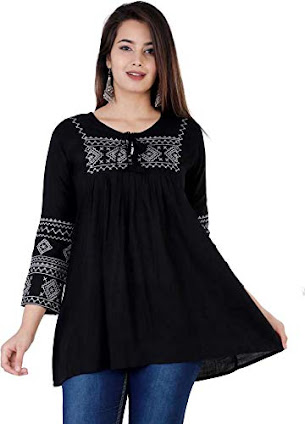The iconic baobabs are trees like no other. A thick trunk rises to support thin branches. They are deciduous, which means during the dry season, their bare branches look like a gnarled root system, and make these trees look as if the tree was growing upside down.
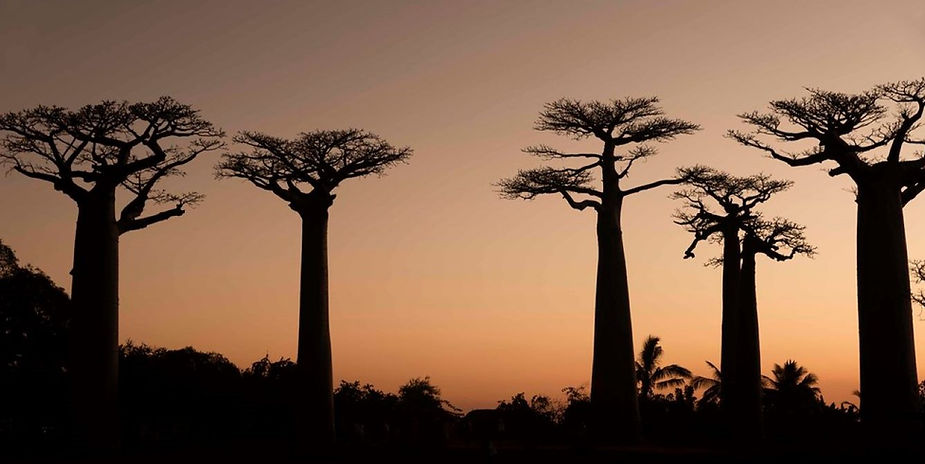
Why are baobabs important?
The baobab is a key species in an ecosystem. They play a key role in helping to keep soil conditions humid and also promote nutrient recycling. They also prevent soil erosion. And the baobab is an important source of food, water and shelter for various birds, reptiles and insects.
A mature baobab tree will create its own ecosystem. For example, monkeys and warthogs are fond of fruit and seed pods, birds can make a home in the cavity of the bark or make their nests in the huge branches. Bush babies and fruit bats will drink baobab nectar. And other wildlife like elephants sometimes eat the spongy baobab bark, which provides moisture during times of drought.
After a long walk through the summer’s heat, this tree will be your best friend. You find shade and a drink – as the cavities in the tree act as reservoirs for rainwater. The seeds within the fruit from the tree can also be sucked to relieve thirst. And who knows, if you stop for a drink, you might even get lucky and spot something exciting.
Where can you see baobab trees?
There are nine different species of baobab trees. One is from Australia, six from Madagascar and two species are native to mainland Africa. All these species are situated in low-lying, arid regions.
In Africa, you find baobabs growing above hot, dry shrublands. In Madagascar, baobabs are pioneers of the dry deciduous forests in the western side of the island. In Australia, they live in open savanna woodlands. All these regions go through a short wet season and long, hot, dry season. Most trees would not survive in these conditions, but baobabs can grow.
What beliefs exist about baobabs?
The baobab is surrounded by many superstitions. Here are some of my favorites:
- Many cultures believe that an evil spirit lives in the tree’s white flowers. If anyone plucks these white flowers, the evil spirit will cause a lion to them.
- In Zambian culture, women are not allowed to eat baobab fruit during the beer-brewing process, as it is believed that this will cause the beer to go bad.
- Baobabs are considered to be a fertility tree.
- For the East African people, it is believed that Resa, the lord of rain, stays in the top branches of an enormous baobab in order to support the sky.
- And my favorite is a Bushman legend. In the beginning, the creator decided to hand out seeds and plants to the animals of the world for them to cultivate. The baobab was issued to the hyena, but because she was upset about being last in the queue, she decided to plant it upside-down.
Nutritional uses of baobab:
- People can eat almost each part of this tree, including roots and small sprouts.
- The baobab’s fruit has a citrus flavour and is enjoyed by monkeys and humans.
- The leaves can be boiled and used as spinach, and even the flowers are edible.
- You can mix water and powdered fruit pulp to create a refreshing drink. Some people snack on roasted seeds or use them to brew a coffee-like drink. The pulp can be used in juices to add flavor. The pulp is rich in vitamin C – about 10 times that of oranges
- Baobab seed powder is sprinkled on food for added nutrients and as a natural preservative.
Medicinal uses of baobab:
- Traditional beliefs said the baobab have been used to treat almost any disease including malaria, tuberculosis, fever, microbial infections and dysentery.
- The leaves and fruit pulp can be used to stimulate the immune system and fight against fever.
- It is said to have a lot of healing properties : antimicrobial, anti-inflammatory, antimalarial, antidiarrheal and antiviral.
- The leaves can also be useful for treating anaemia and asthma.
Others uses of baobab:
- The hollow bark of the baobab tree can provide homes for a lot of animals like reptiles, insects and birds. Foliage sometimes can be eaten as fodder for livestock.
- The bark is harvested extensively for its fibrous qualities. Strips can be rolled into a tough yarn and used in many different ways such as sacks, fishing nets and also clothes.
- Bushmen also used the bark to create traps.
- The twine is also used occasionally for the strings of musical instruments. Its wood is used for fuel and timber.
The landowners of The Sunland Baobab decided to build a pub inside the hollow centre of this tree. It was around to be 22 metres tall and 47 metres in girth. The landowners decided to close the pub to prevent soil erosion around the tree and The Sunland Baobab unfortunately died in 2017.
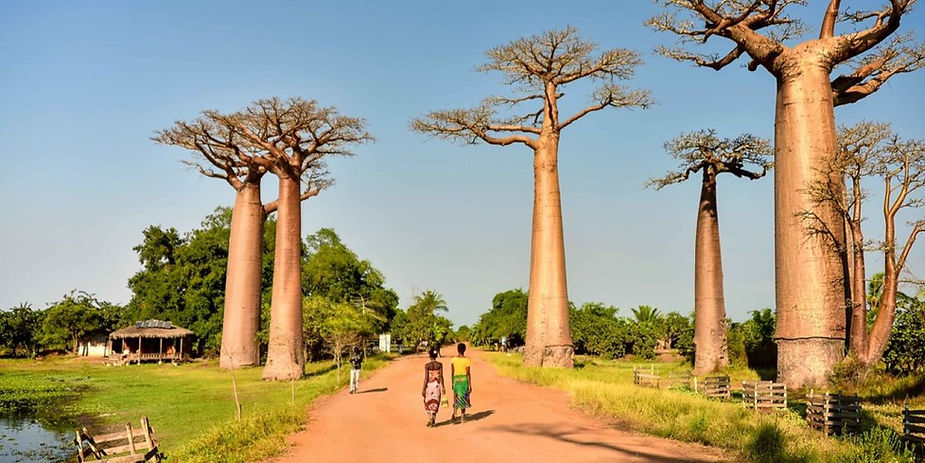
Are they protected or endangered?
In 1941, the baobab was included in the list of protected trees by the Forest Act in South Africa. However, the six Madagascar baobab species are both on the IUCN Red List, three as endangered and three as near threatened. The African and Australian species are not assessed but may become a problem without surveillance.
Global climate change may be playing a role in the loss of these trees. A rapid increase in baobab deaths in southern Africa have been noted. Of the world’s 13 largest baobabs, 9 have collapsed and died. For such ancient trees, their death and breakdown is remarkably rapid. Baobab trees simply crumple into a pile of papery fibre when they die. If a hot fire passes through, it would probably remove any evidence of the tree’s existence. This devastating loss reminds us of the impact of climate change on biodiversity.









.jpg)
.jpg)

